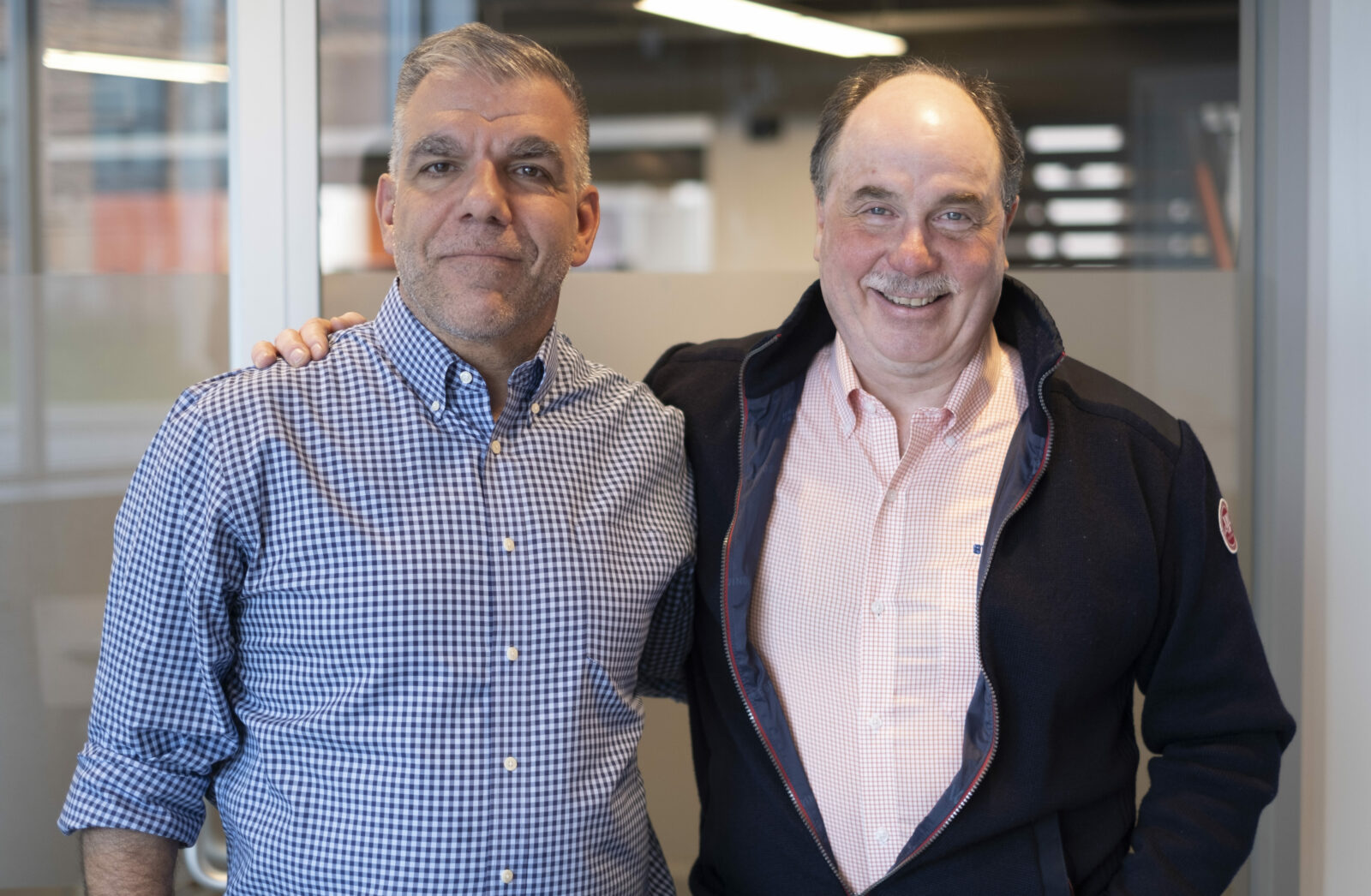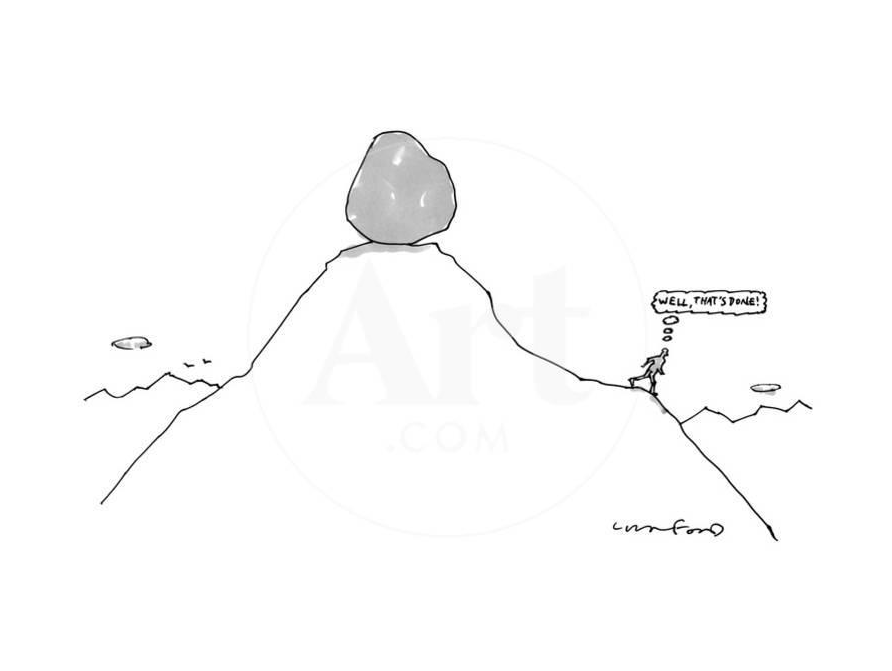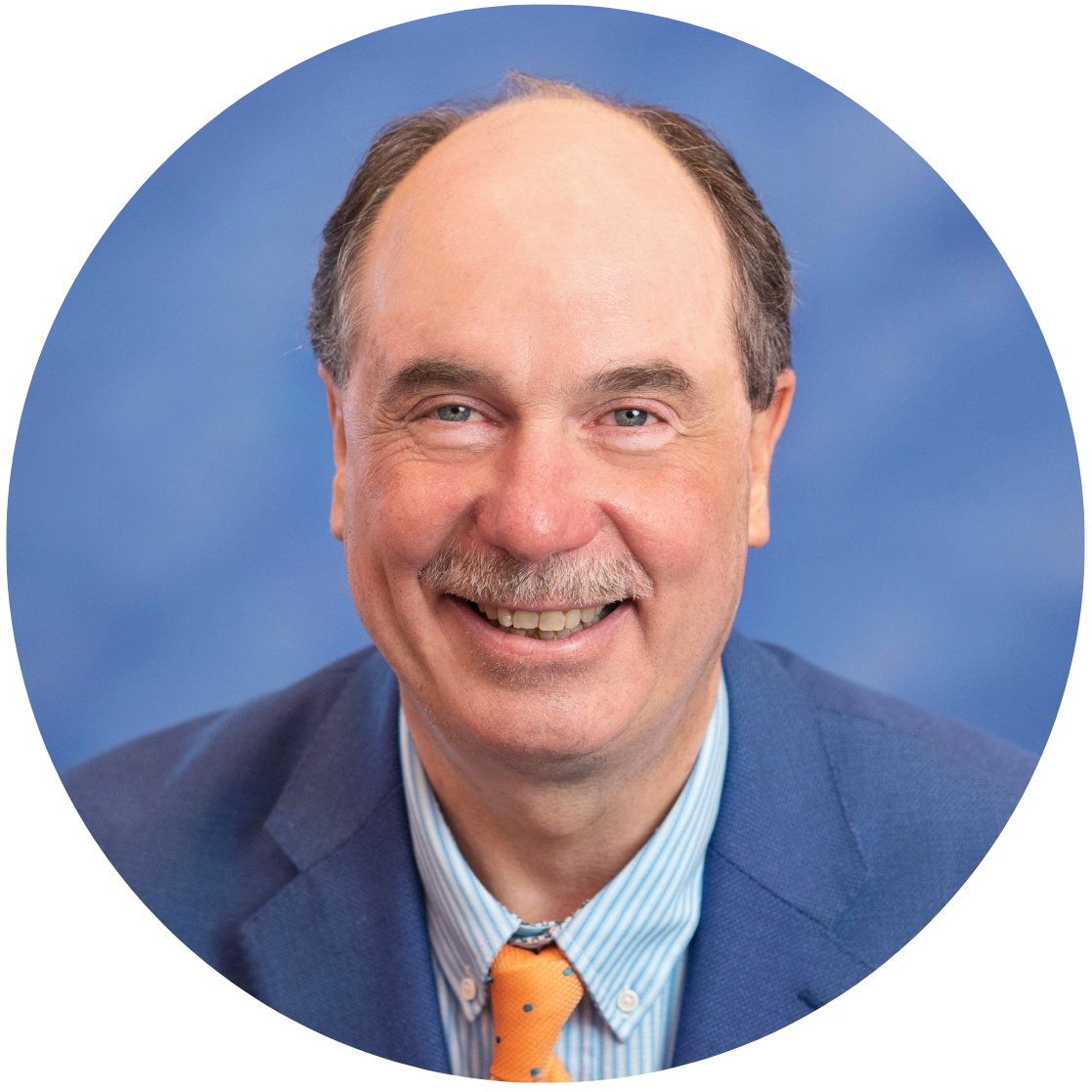In Conversation with Winthrop Thurlow, Executive Director of MedTech
By Pierre Morrisseau
This article is comprised of excerpts from an interview that I conducted with Win Thurlow, Executive Director of MedTech, in which we discussed the development of a working community that spans the entirety of New York State and some of the concepts that surround this idea.
On developing the “I-90 Corridor” —
PIERRE: I’d love for you to talk about the concept of community in the metro area and developing the “I-90 Corridor.” Tell us about your take on the opportunity to grow the Corridor, and what it means to you?
WIN: Let me start by giving you some context… For the past few years, Brookings Institute has been studying the geography of the technology industry in the US and conceptualizing how to spread the tech economy more evenly around the country. Competitive advantage in the tech space is dependent upon proximity to other people in that same field, and historically, high achievers have landed in places like Silicon Valley, Boston, and the research triangle. These areas have succeeded because they’ve aggregated so many like-minded individuals, but placing this entire industry in so few places is unsustainable and will likely lead to burnout.
At that point, it is not only difficult for folks to get into the market itself, but the surrounding areas become less attractive for the next generation of workers to live in due to rising expenses. Why would you move to Boston, as awesome as Boston may be, and spend $2,500/month on a studio when you could live someplace else much easier and cheaper?

Pictured: Win Thurlow & Pierre Morrisseau
So Brookings says, here’s what we should do… We need to create some targeted locations around the country where we would encourage increased federal spending in terms of research and development dollars, perhaps look at regulatory relief in certain areas, in order to lower the barriers to entry in this field. The overarching idea is to encourage the growth of the tech economy.
Over the last 50 years, when looking at economic development policy in other industries, particularly at the federal level, funding is typically allocated to a wide span of cities throughout the country. But Brookings says that this approach won’t work in tech because it will dilute the value. What they suggest, instead, is to pick ten metro regions in the country and only target these ten. If that works, eventually target ten more. They suggested picking locations based on such metrics as: proximity to academic research institutions, higher than average levels of education for the workforce, abundant natural resources, access to power, etc. Through this process of elimination, Brookings honed in on 35 metropolitan regions in the country and suggested that the program pick ten beneficiaries from that list.
Now, this is the part that excited me… Of the 35 cities that Brookings selected, New York State held four of them: Albany, Syracuse, Rochester, and Buffalo. It is highly unlikely that anyone would choose all of these locations as four of the ten, but this brings us back to the “I-90 Corridor” idea… Under that umbrella, these cities wouldn’t be marked as four metropolitan regions, but as ONE metropolitan region. And the reality is, you can drive from Albany to Buffalo in half a day. In many ways, that’s easier than getting from Montauk to Manhattan.
“We should always imagine the world as a dynamic and changing place.
WIN THURLOW
We can’t rely on things always being the same, and that mindset presents a great opportunity for regeneration and advancement.”
So what do all of these places have in common? They are all along the Route 90 corridor, which, as you may know, follows the Erie Canal. And it was the Erie Canal that transformed this country from an agrarian east coast economy to the colossus that it became. We can, and should, harness that same energy today. And what I think about when I’m traveling up and down the thruway is how this corridor has access at various points to so many resources – from universities to manufacturing facilities to an array of diverse industries.
And when we consider the history of manufacturing in CNY, there is an embedded institutional memory of innovation in this space, as well as the capacity and facilities to rekindle this work. Whether its physical assets in Schenectady or materials in Rochester, we have access to so much.
PIERRE: We need to establish a mindset around the concept of one continuous corridor, which will require a paradigm shift and a willingness to think long-term in order to utilize the infrastructure that already exists. Through that, these smaller cities will become more desirable places to live because they already have the resources to support a larger population. These changes can’t happen all at once, but over time they will.
WIN: If each center grows their corridor capacity, the infrastructure that we are able to support will not only bring more people to CNY, but will inspire students to stay after college. And further, it behooves an institution like Syracuse University, for example, to strengthen the local workforce because that will increase the desirability of living in a place like Syracuse, thus strengthening the case for better talent to sign on as faculty at the university.
PIERRE: I love that concept. There seems to be a lot of opportunity if we’re willing to think longer term and collaborate to make this happen. What are your thoughts on how we can move this forward?
WIN: By taking CNY’s history of manufacturing innovation and combining it with our concentration of academic research institutions, not to mention the ease of access to places like Boston and NYC, there’s no reason that we couldn’t be considered one large metro area, working together and doing great things.
On connection in an age of technology —
WIN: I am fascinated by the popularity of remote work, especially among younger generations. Maybe I’m showing my age, but it’s the loss of (and willingness to lose) in-person mentorship and professional development that is tough to understand.
PIERRE: You can emulate the concept of togetherness through technology, but connectedness gets lost over time when you don’t have access to the little moments; the drive-by conversations, getting to the office early for a chat before jumping into your day – there isn’t currently an easy way to do that virtually. On the flip side, I like to joke that people enjoyed my “digital containment” because suddenly they knew where to find me – and it also opened the doors to conversation with people all around the world. There are two obviously contrasting sides to this, but finding the balance is key.
On the consistency of change —
PIERRE: Let’s talk about Kodak and the importance of thinking long-term. Kodak, titan of the film photography industry, actually invented digital photography! But many people don’t know that because they never shifted from film to digital. At the time, Kodak was able to make money without doing anything different by licensing their digital technology to everyone else – never anticipating that the need for film and chemicals would run out. If they had looked ahead they could have remained at the top of their industry, but the day that film was deemed irrelevant was the day that Kodak filed for bankruptcy. If they had thought of digital photography as a means to putting cameras in more consumers’ hands, they might’ve let their chemical resources run out, taken the hit early on, and rebuilt their infrastructure around the digital technology that they had created.
WIN: Growing up in Cortland we used to look at Rochester and think, Rochester is bulletproof. Rochester has Eastman Kodak. We will always need film. Rochester has Xerox. We will always need paper copies. You could not have convinced me that the world would exist in any way other than that. But the reality is, the digital revolution came and we no longer needed film and we no longer needed paper copies. That could be a very depressing story, but it doesn’t have to be. It can serve as a reminder that we should always imagine the world as a dynamic and changing place. We can’t rely on things always being the same, and that mindset presents a great opportunity for regeneration and advancement.

Sisyphus Balances the Boulder at the Top
by Michael Crawford, The New Yorker
On leveraging the brainpower around us —
PIERRE: How can we bring people together and magnify the affect of their individual work?
WIN: My all time favorite New Yorker cartoon is of Sisyphus pushing the boulder up the hill, balancing it at the top, wiping his hands and saying “well, that’s done” …because we all know that the work is never done. There will always be a boulder to push and there will always be a workload to balance. What we need to do a better job of is understanding that we don’t have to push or balance the boulder by ourselves. From where we sit right now, there are so many resources and intelligent minds just up the road, but it’s on us to reach out and connect with them.
PIERRE: And in order to do that, the leaders need to take up this charge. If we take action, that will lead to more action, prompting a continuous, iterative system. The more we foster these relationships, the more others will follow suit.
WIN: That’s exactly right. To bring this full circle, everything that we’ve discussed here aligns with the development of the I-90 Corridor – if we can get other leaders in New York State on board with growing the opportunities around us, there is no end to the successes that we could achieve together.

Pierre Morrisseau
Chief Executive Officer
PMorrisseau@OneGroup.com
Follow Pierre on LinkedIn to keep up on his conversations with other local thought leaders!
This content is for informational purposes only and not for the purpose of providing professional, financial, medical or legal advice. You should contact your licensed professional to obtain advice with respect to any particular issue or problem. Please refer to your policy contract for any specific information or questions on applicability of coverage.
Please note coverage can not be bound or a claim reported without written acknowledgment from a OneGroup Representative.
Find this Article Helpful?
Visit our Library of Resources for More!

ONEGROUP EXPERTS ARE READY TO HELP
Fill out the form below and an expert from OneGroup will contact you.
For Immediate assistance call 1-800-268-1830
Coverage cannot be bound or altered and a claim cannot be reported without confirmation from a representative of OneGroup.